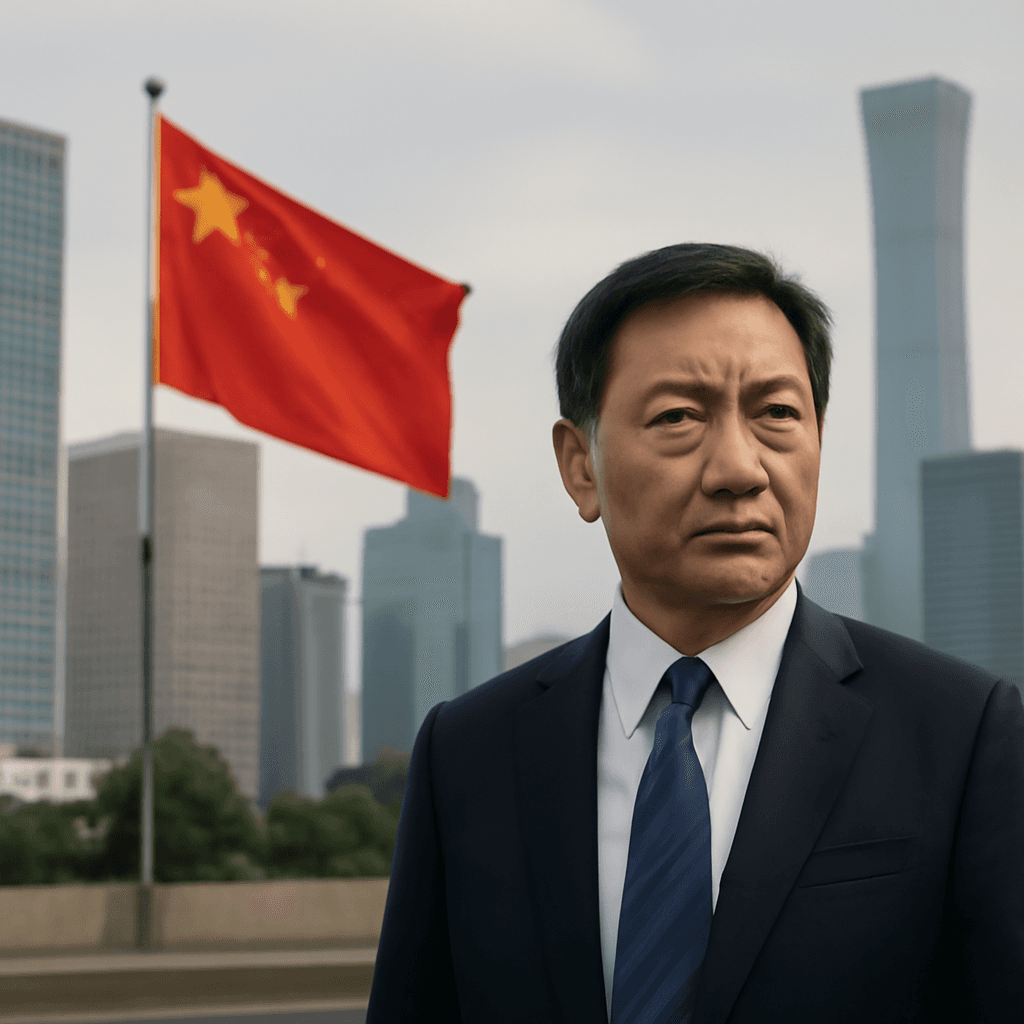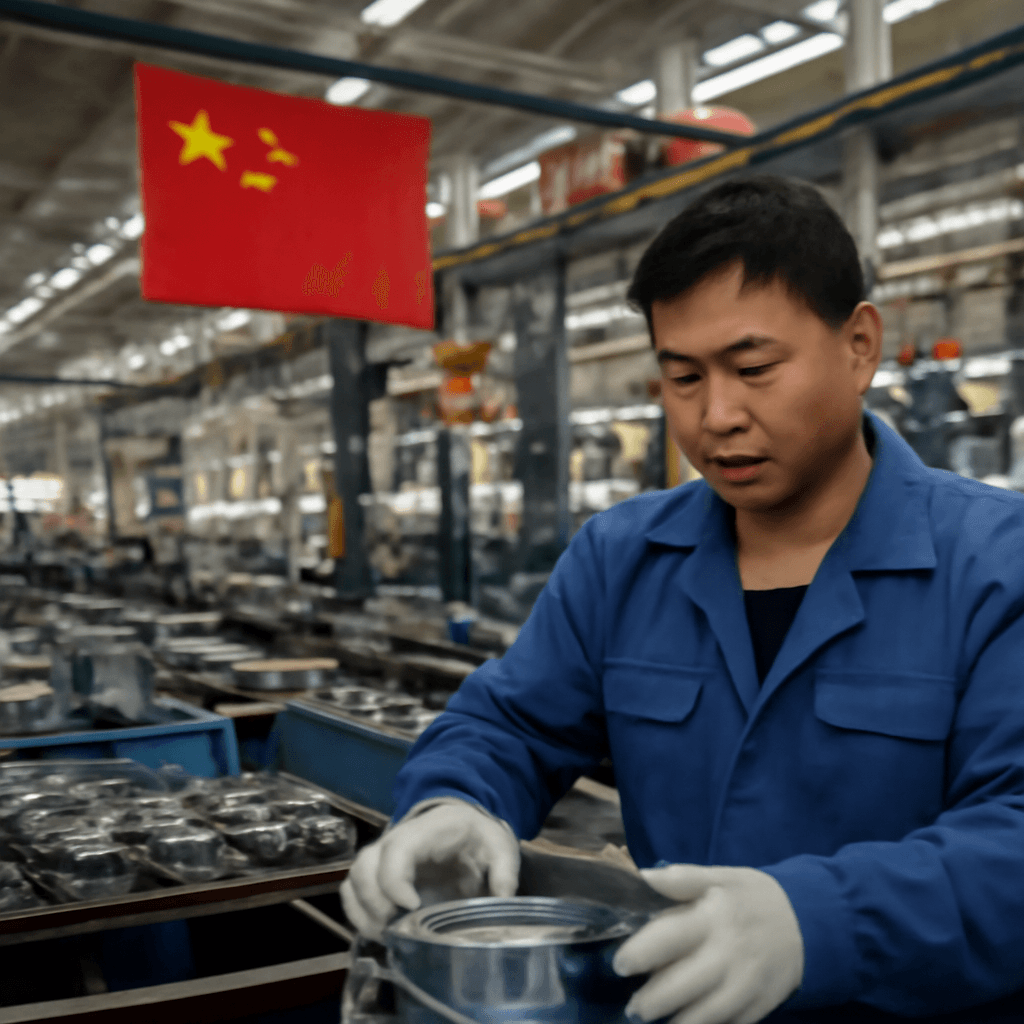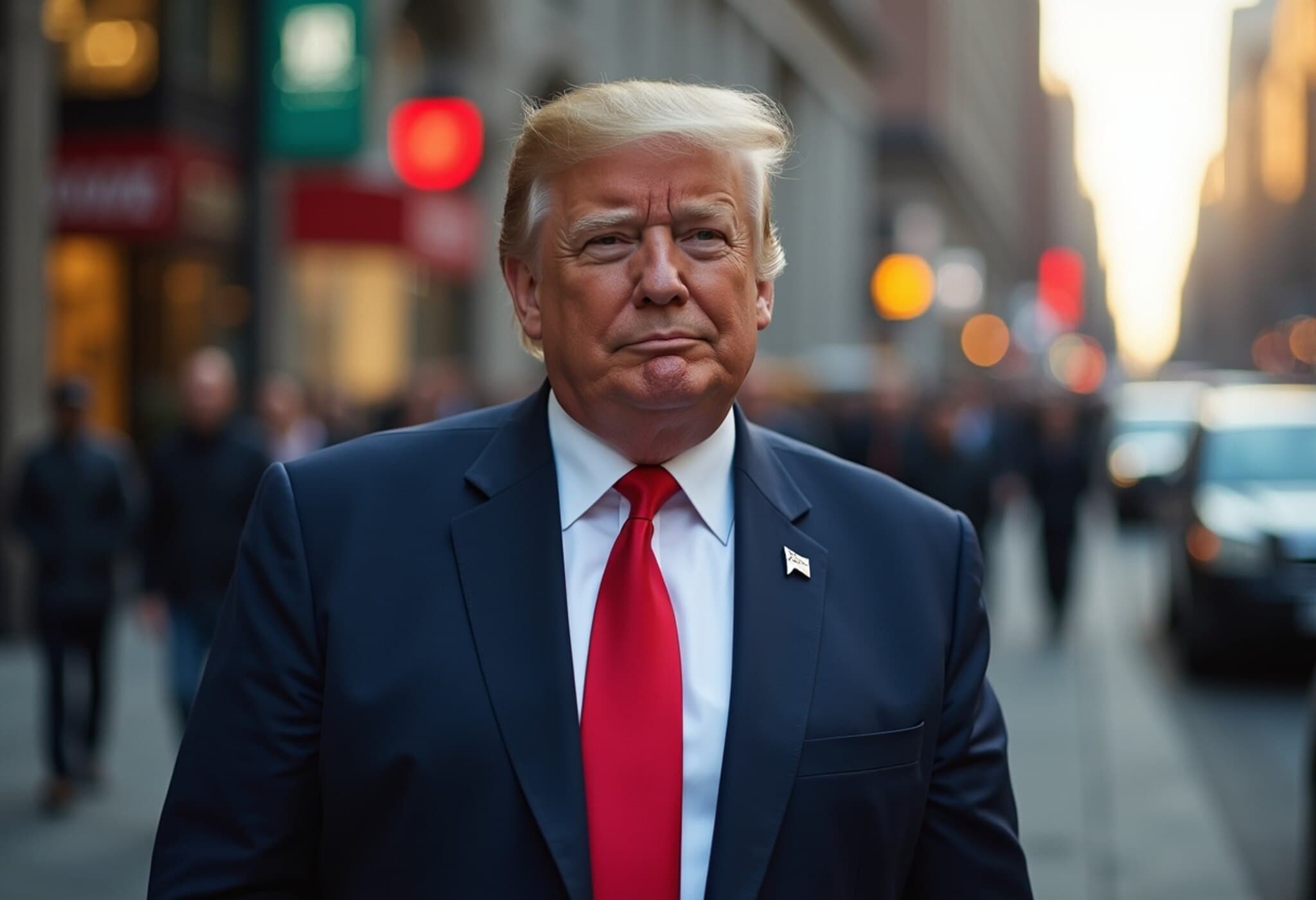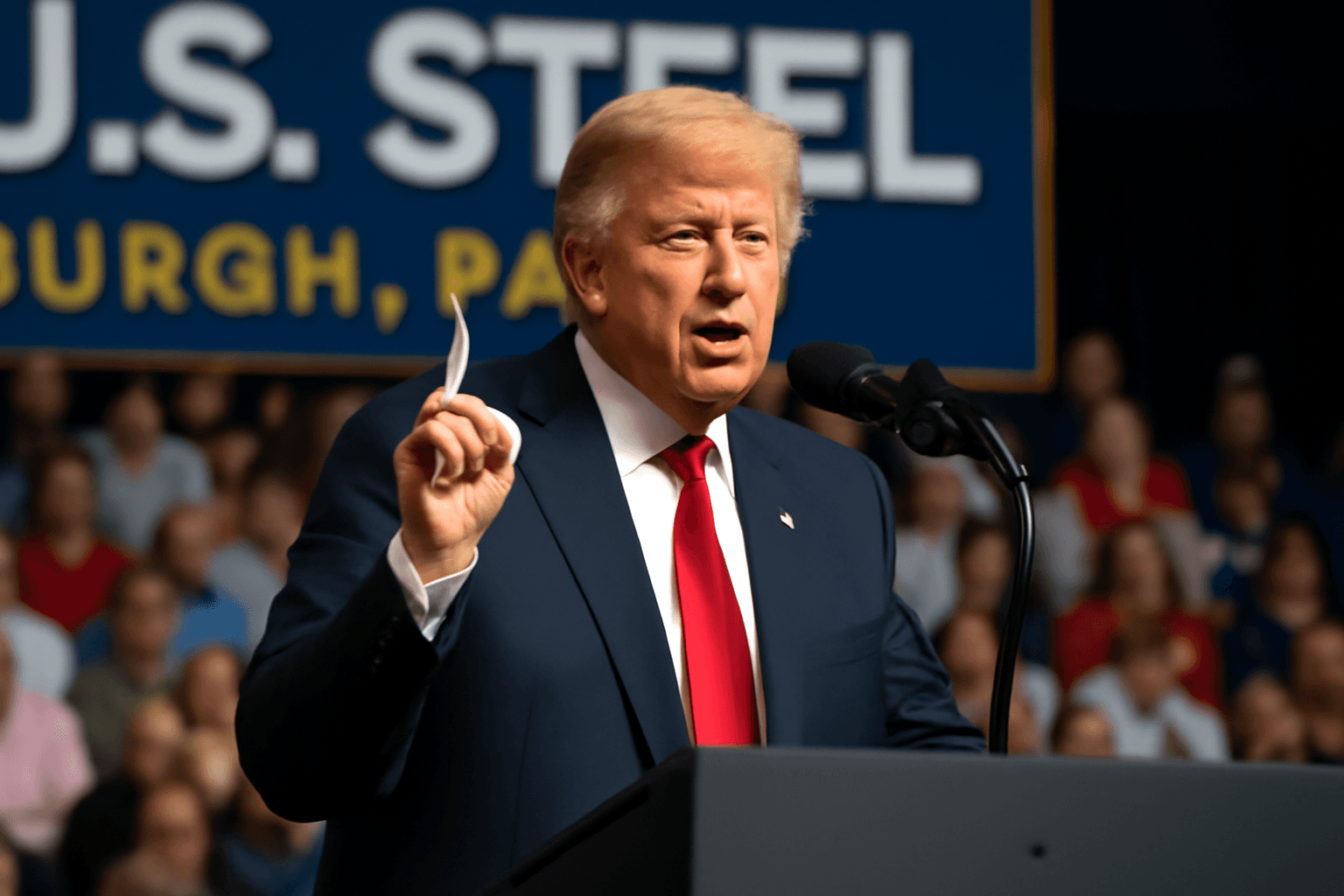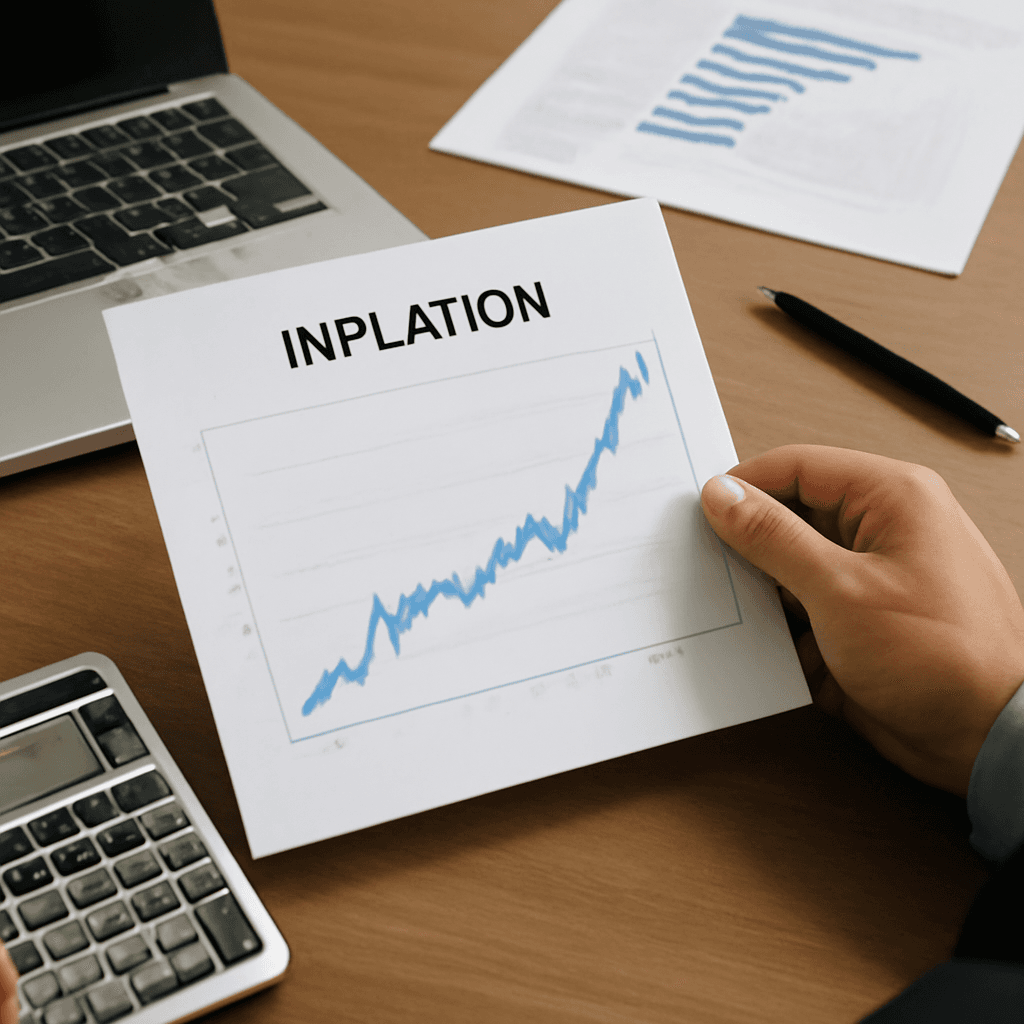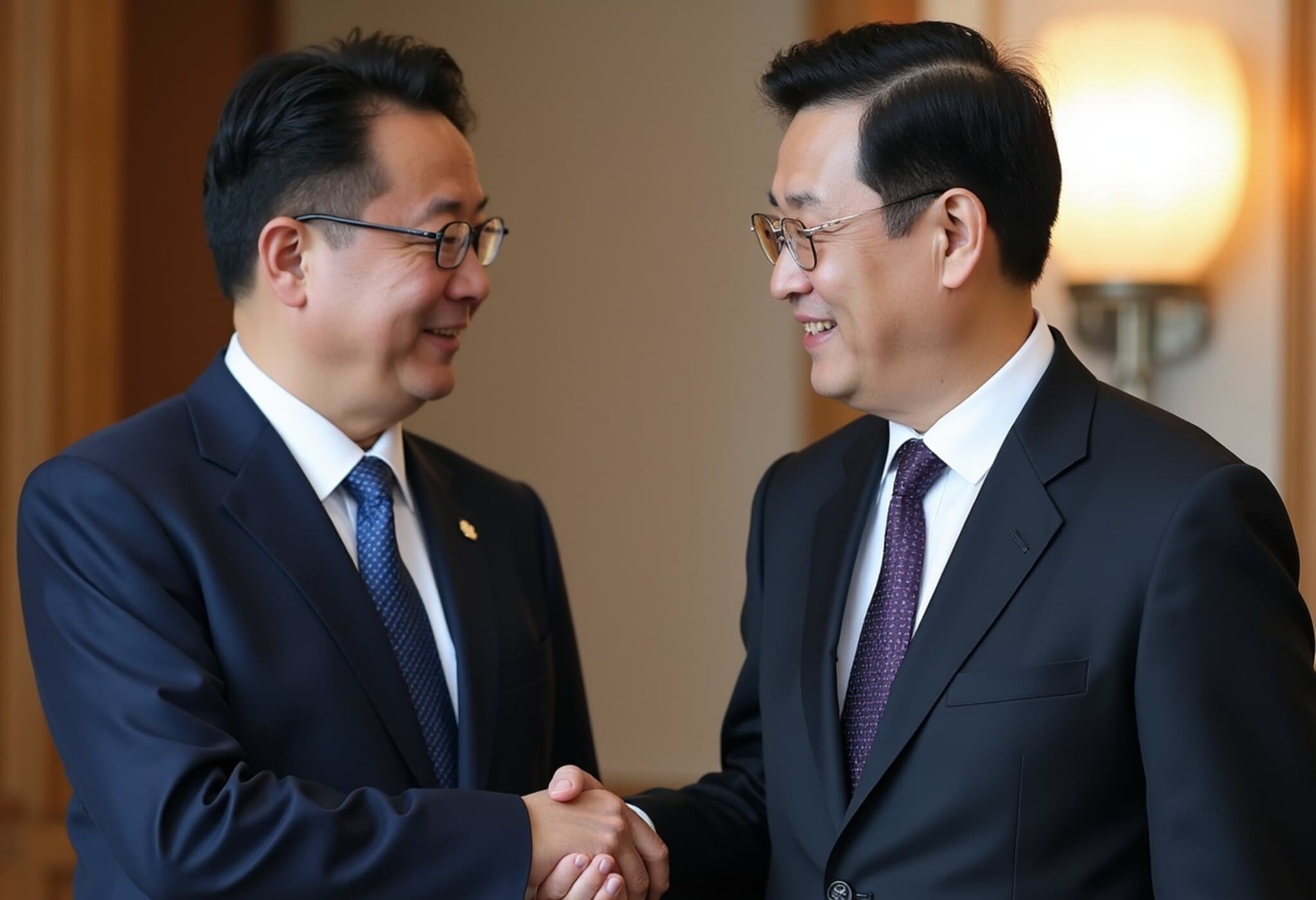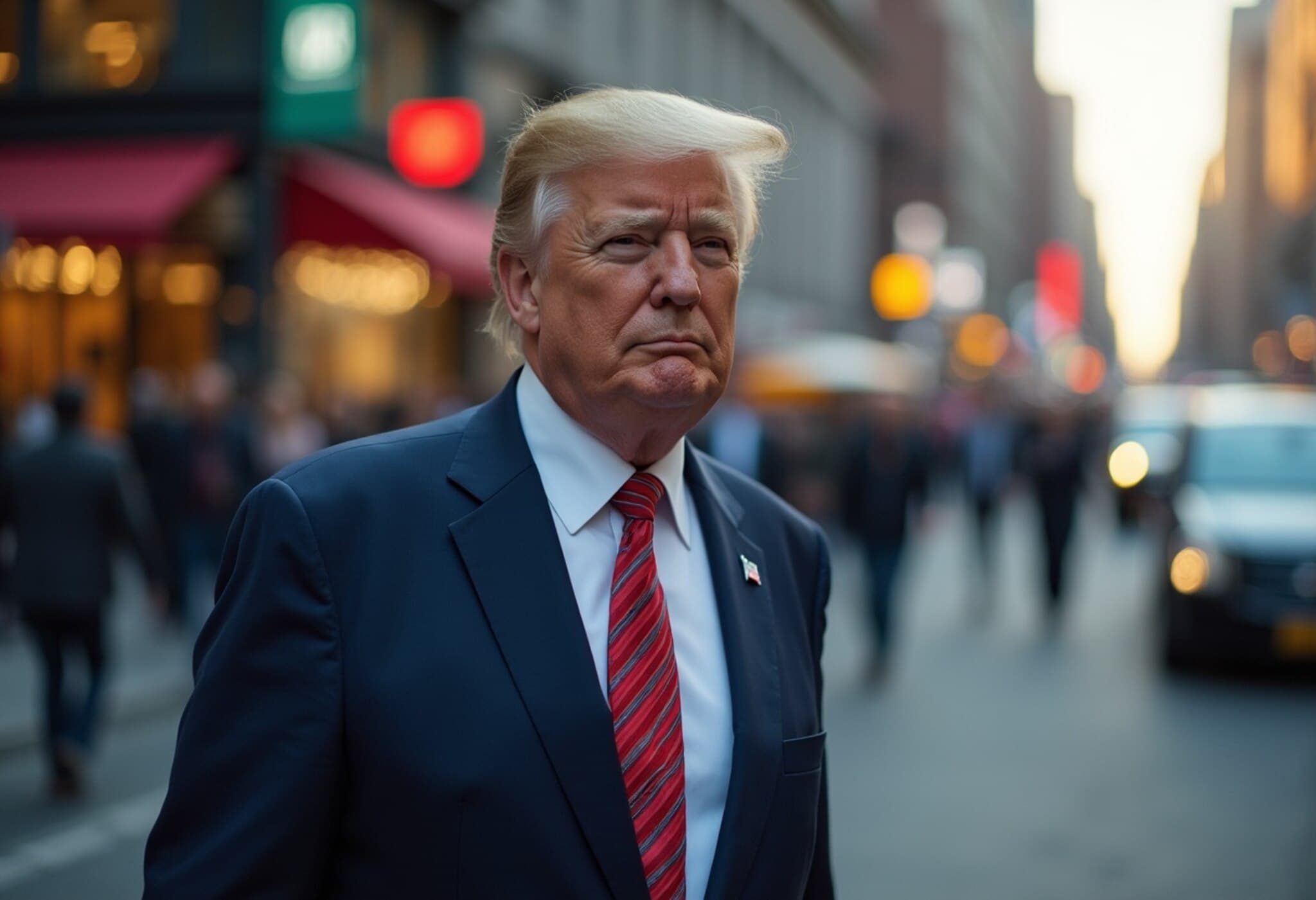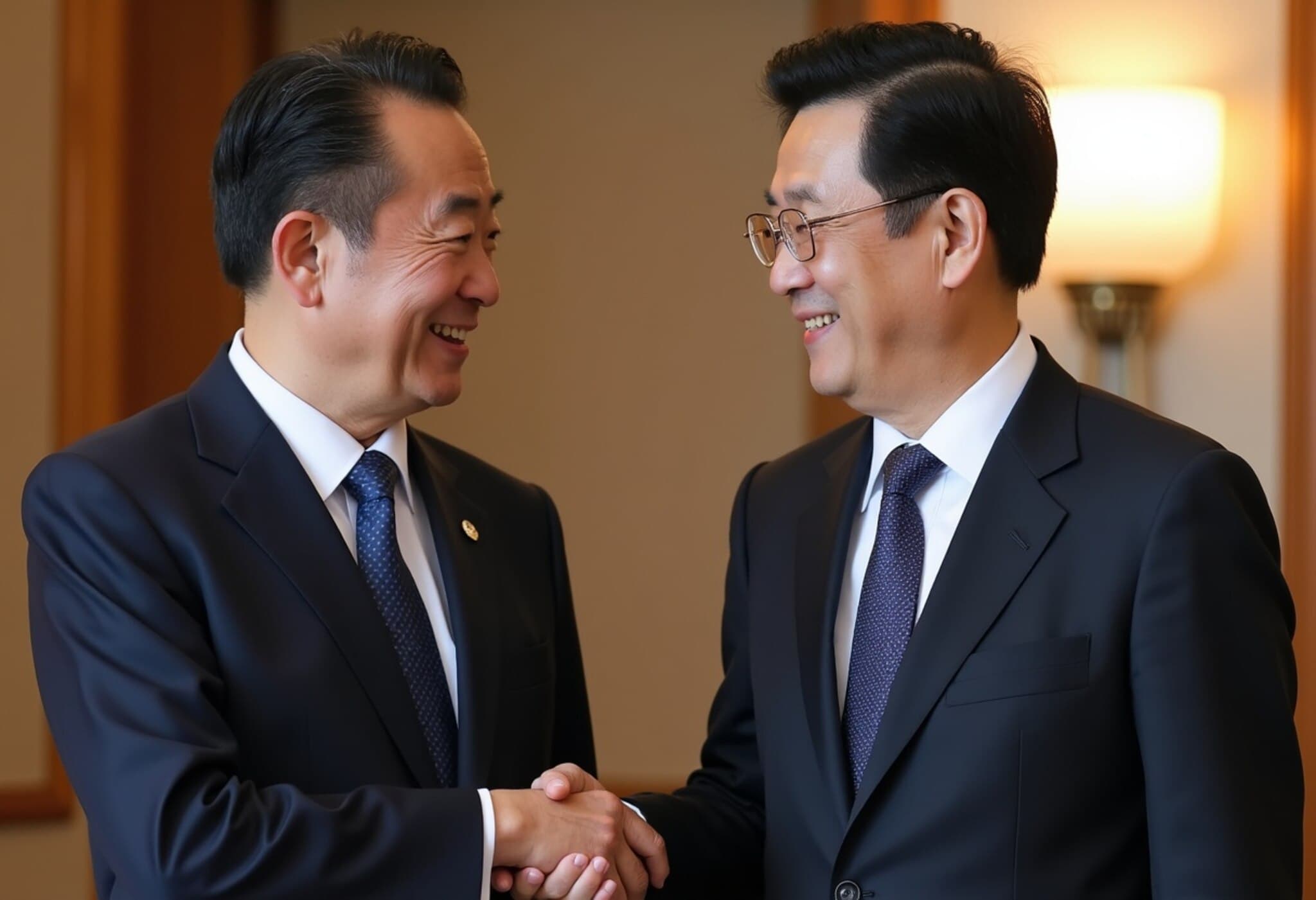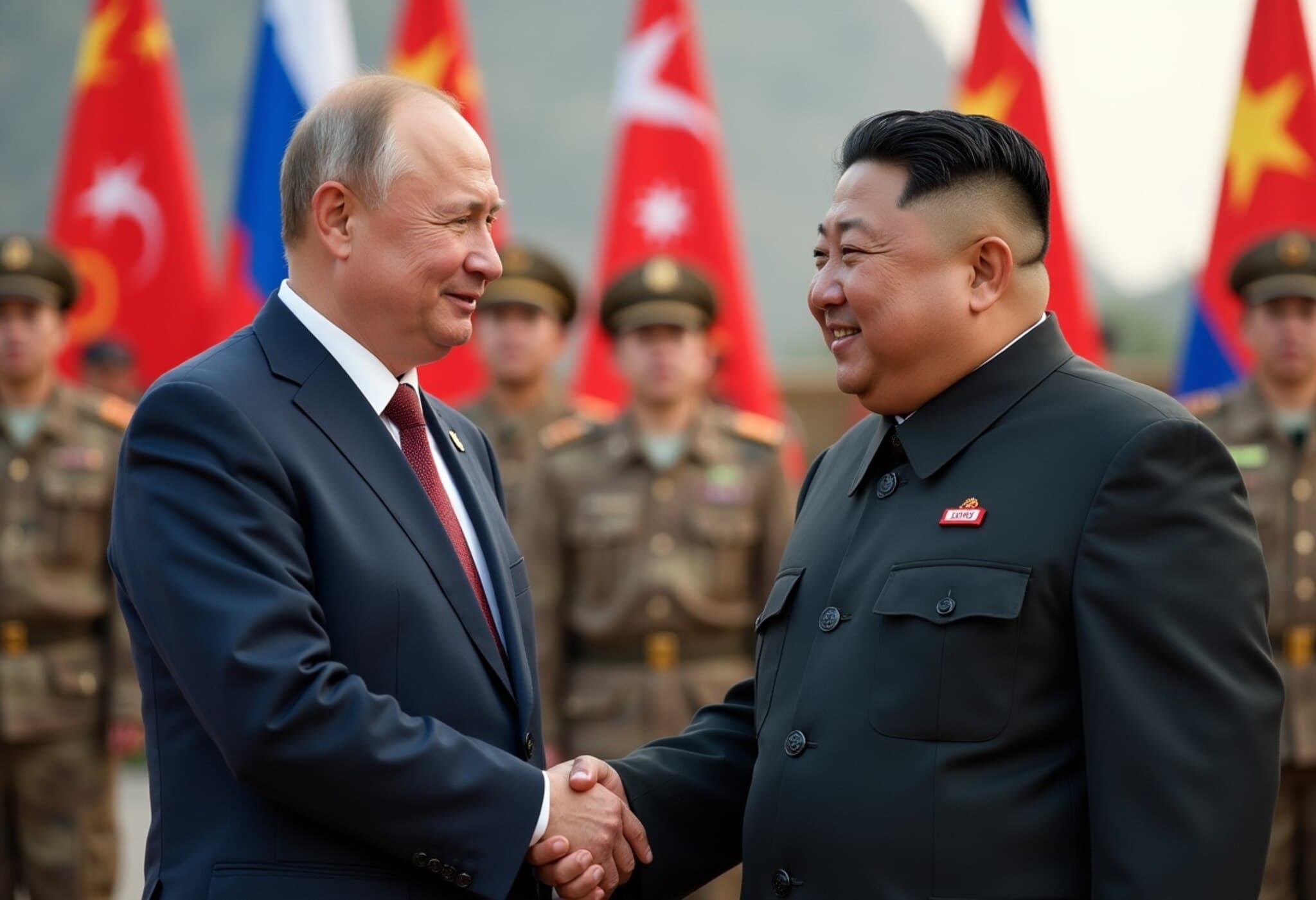China's Consumer Price Index Flat in July Amid Economic Headwinds
In a clear sign of ongoing economic challenges, China's consumer prices in July remained unchanged from last year, defying expectations for a slight dip. Released by the National Bureau of Statistics, the data showed that while consumer inflation held steady, a deeper deflation in factory-gate prices signals persistent strains in the manufacturing sector. These developments underscore the continued impact of weak domestic demand and trade tensions on the world's second-largest economy.
Key Price Movements Reflect Lingering Economic Pressure
- Consumer Price Index (CPI): Year-on-year, inflation was flat in July, matching the previous month’s modest 0.1% gain and exceeding a Reuters forecast of a 0.1% decline.
- Food Prices: Dropped by 1.6%, accelerating from June’s 0.3% decrease, partly due to extreme weather impacting agricultural output.
- Core Inflation: Excluding food and fuel, core inflation nudged higher to 0.8% year-over-year, up from 0.7% in June.
- Producer Price Index (PPI): Fell 3.6%, surpassing economists’ estimates and marking the sharpest year-on-year decline since mid-2023.
Extreme Weather and Domestic Challenges Compound Economic Woes
Heavy rains and sweltering heat affected large parts of China’s eastern seaboard and interior regions in July, exacerbating supply chain interruptions and dampening agricultural productivity. The East Asian monsoon’s unusual stall may have further constrained food supply, contributing to deflation in food prices.
Meanwhile, enduring issues such as a prolonged housing market slump and fragile trade relations, especially with the United States, are weighing heavily on both consumer sentiment and industrial activity. The housing sector's downturn continues to sap household wealth and spending power, while uncertainties in trade policy foster caution among manufacturers and exporters.
Policy Response: Balancing Competition Control with Economic Stability
Rather than launching immediate stimulus measures, Chinese policymakers have opted to focus on controlling what they describe as "disorderly competition" in key sectors, including the automobile industry. These regulatory efforts aim to reduce excess capacity and encourage healthier market dynamics but are viewed by economists as unlikely to spur near-term demand boosts.
This restrained approach contrasts with the sweeping supply-side reforms implemented a decade ago, which successfully ended China's last major deflationary spiral. The current industrial restructuring appears more modest and cautious in scope, reflecting a balancing act between fostering growth and maintaining financial and market discipline.
Expert Insights: What Does This Mean for the Global Economy?
From an American economic policy perspective, China's deflation pressures and muted consumer inflation may have ripple effects globally. Lower factory-gate prices in China could suppress input costs for U.S. manufacturers reliant on Chinese imports but also signal weakening Chinese demand for raw materials, which could impact global commodity markets.
Moreover, the fragile trade truce between the U.S. and China continues to cast a shadow over policy certainty, which is crucial for business investment and supply chain planning on both sides of the Pacific.
Underreported Dimensions
- Consumer Behavior Shifts: The data hints at potential shifts in consumer priorities and spending patterns amid economic uncertainty, inviting deeper sociological and market research.
- Regional Disparities: While national averages show stagnation, economic pain points may be more acute in inland versus coastal provinces, nuanced by infrastructure and industrial concentration.
- Environmental Impact on Economy: The interplay between climate anomalies and economic output in China is an emerging narrative with global implications as climate change accelerates.
Looking Ahead
As China navigates these complex pressures, international observers and policymakers will be watching closely for signals of recovery or further drag. The balance China strikes between regulatory control and economic stimulus could set the tone for global trade and growth patterns in the coming year.




